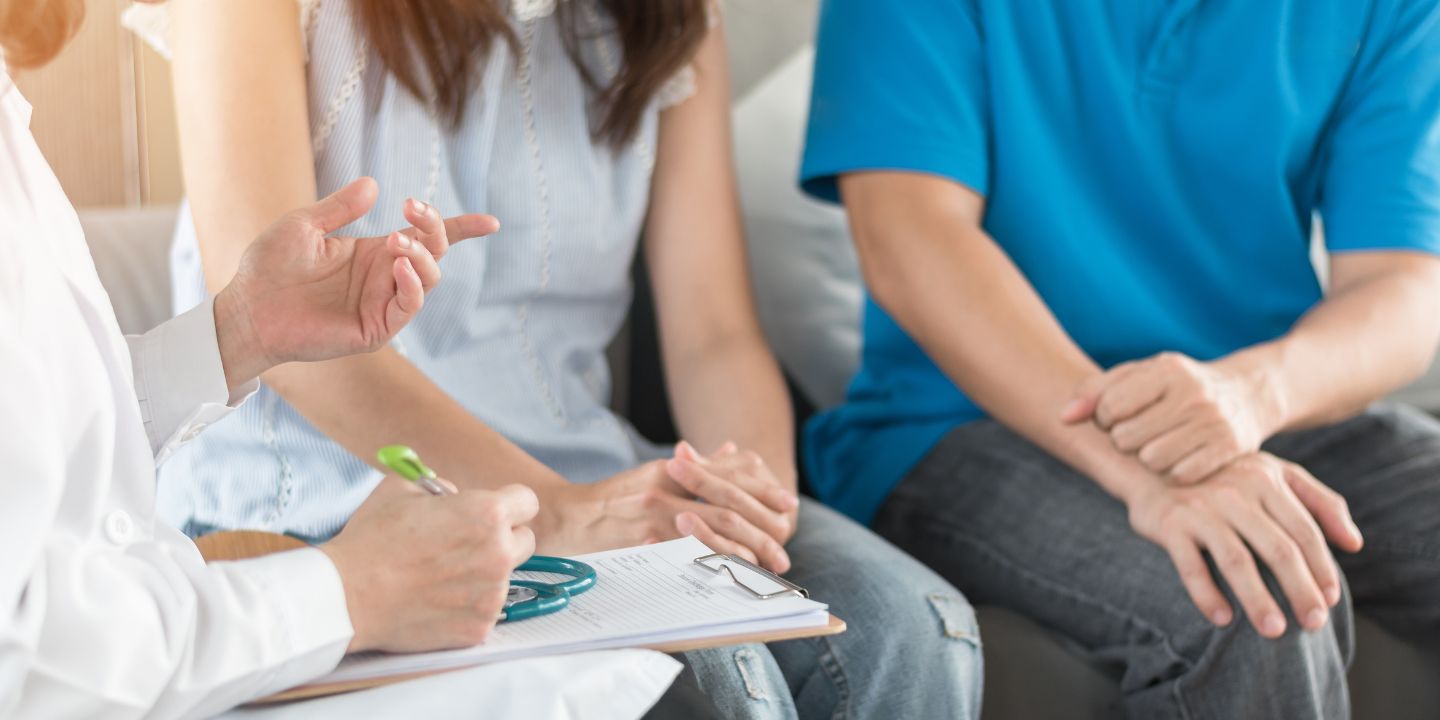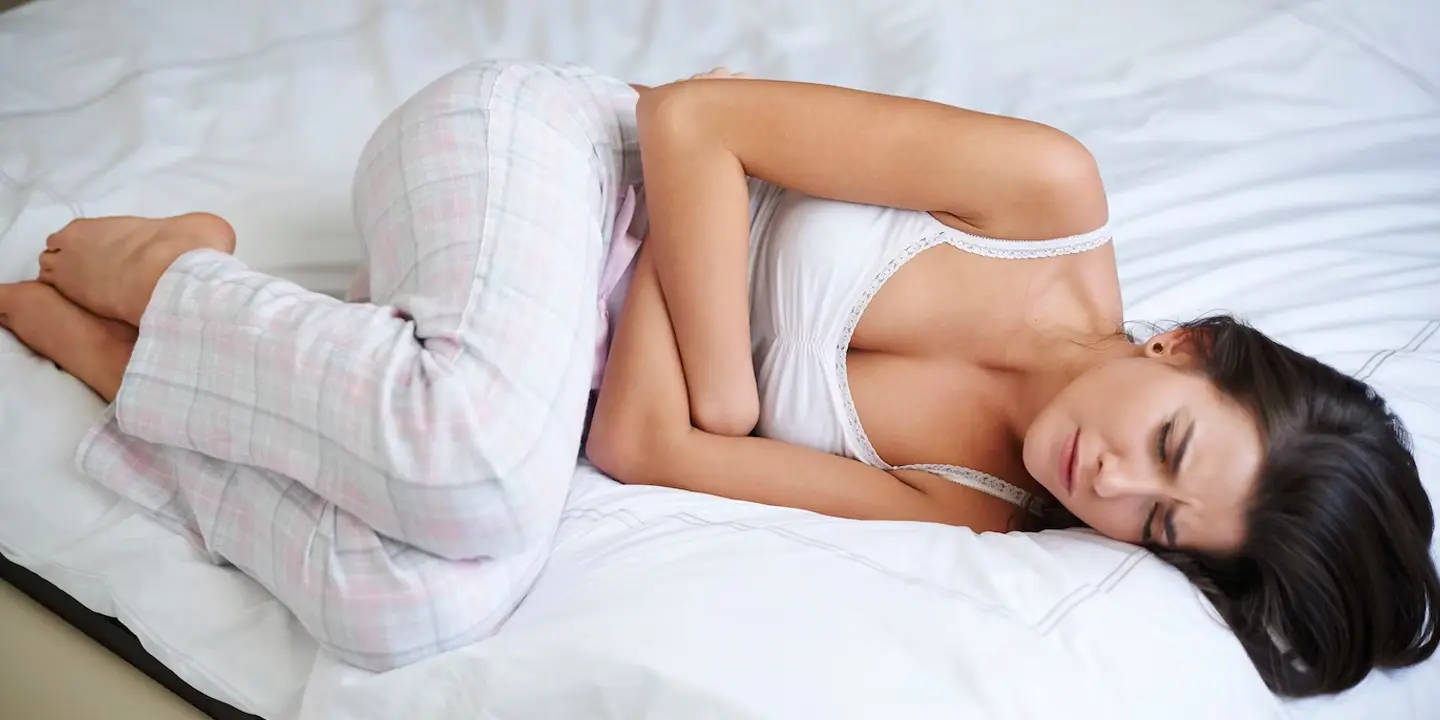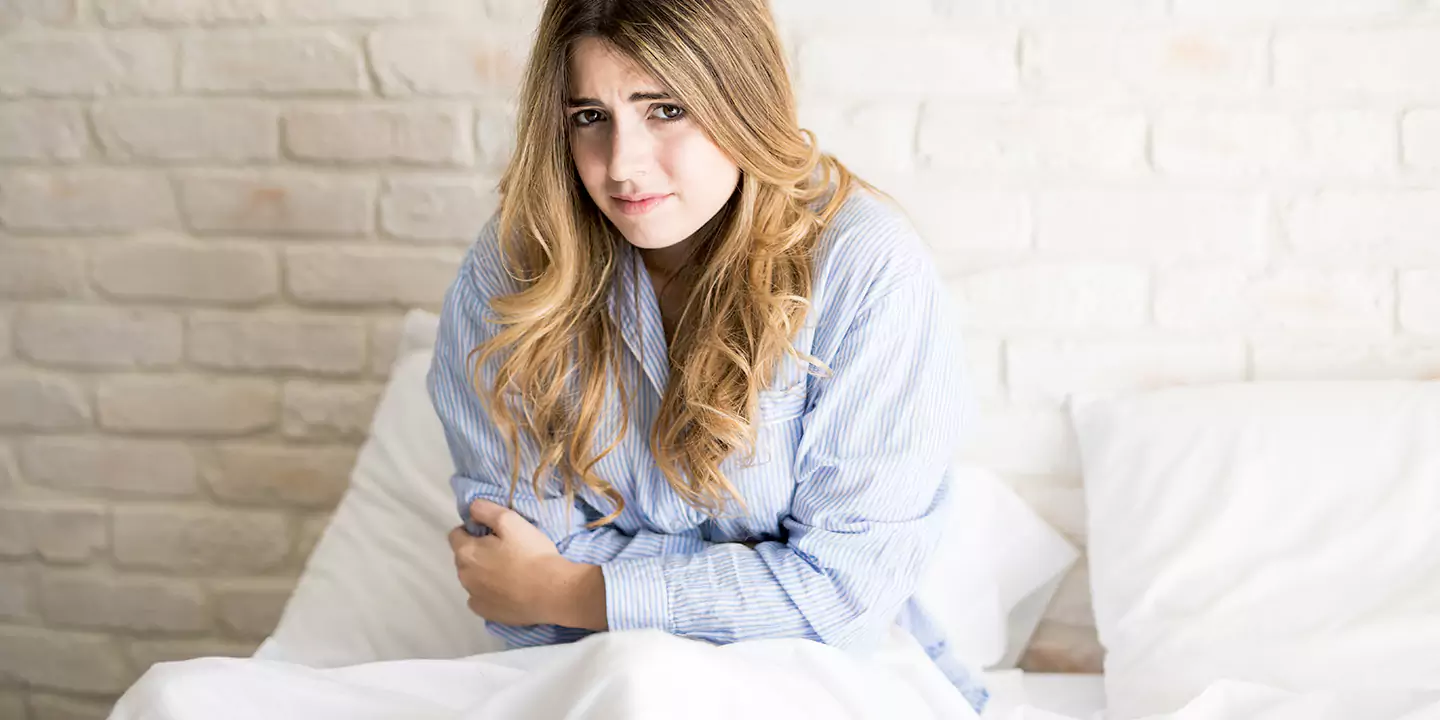
Congratulations, you’re now 38 weeks pregnant! This stage marks the final stretch of your pregnancy journey, and you’re likely feeling excitement and anticipation. If you are wondering about the symptoms and the experiences that follow, you are in the right place.
Not only will we discuss what it is like being 38 weeks pregnant, but we will also discuss the symptoms and the kind of new developments your baby is undergoing.
This article will familiarize you with all the nitty gritty and even provide you with all the valuable tips you need to know to navigate the challenges and new experiences at 38 weeks of pregnancy.
Related Blog: 37 Week Pregnant: Symptoms, Tips, and Baby Development
In this Article
38 Weeks Pregnant: How Many Months Is It?
If you are wondering, 38 weeks pregnant is how many months into your pregnancy, it is the ninth month of your pregnancy. You are all set for your upcoming birth, which can happen any day now.
Symptoms at 38 Weeks Pregnant
Being 38 weeks pregnant isn’t an easy feat. It comes with the happiness and joy of knowing that you will meet your little one soon, but it also presents you with a lot of symptoms that are both physically and emotionally taxing.
Following are a few symptoms worth paying attention to:
Increased pressure and discomfort
By your 38-week mark, your baby is almost fully grown, which means that the extra weight around your abdomen is bound to reflect in your physical body. Experiencing increased pressure around the lower abdomen and pelvic region is thus expected. This often makes it uncomfortable to walk, sit, or even lie down.
Increased frequency of Braxton Hicks contractions
Although you won’t like it, there will be an elevated recurrence of the Braxton Hicks contractions. As you near your delivery date, the frequency and intensity of these contractions will increase significantly.
Swelling
Another common symptom at 38 weeks is edema or swelling, which occurs due to increased fluid retention in the body. Consider wearing compression socks or keeping your feet elevated to reduce the symptoms.
Shortness of breath
Your expanding uterus may push against your diaphragm, making it harder to take deep breaths. Try to sit up straight and take slow, deep breaths when you feel short of breath.
Fatigue
The most common symptom that’s very prominent by the end stretch of the pregnancy is fatigue and tiredness. Instead of pushing yourself, take a break and listen to your body. Get some rest as needed.
Related Blog: 36 Weeks Pregnant: Symptoms, Tips, and Baby Development
Baby Development at 38 Weeks Pregnant
As you near your due date, your baby is steadily growing and developing inside the womb, and there are some fascinating 38-week baby development symptoms you need to know about.
Size and weight
By week 38, your baby will start measuring between 19 and 21 inches in length, with an average weight of 6-7 pounds.
Lung development
Since the baby’s lungs are one of the last organs to mature before birth, you can be assured that they are fully mature by now. Your baby’s lungs produce adequate surfactants to keep the air sacs inflated and prepare them to take their first breath outside the womb.
Related Blog: 8 Surprising Things Unborn Babies Usually Do In The Womb
Movement
With the baby’s growth, their movements might become limited, but their kicks, stretches, and rolls will feel more prominent. Paying attention to these movements should give you an idea about their well-being inside you.
Hair and nails
Some babies are born with a head full of hair, while others have very little. Your baby’s nails are also fully formed, extending beyond their fingertips.
Brain development
Your baby’s brain continues to develop, preparing for life outside the womb. They can hear sounds from the outside world and may even respond to familiar voices.
Tips for a Healthy and Comfortable 38 Weeks Pregnancy
We briefly discussed the 38 weeks of pregnancy symptoms, so here are a few tips to keep those symptoms in check and ensure a comfortable week.
- Maintaining the amniotic fluid levels by week 38 is crucial, which is one of the reasons why hydration is key.
- If you feel discomfort or sense issues with the baby’s movement, don’t hesitate to consult your OBGYN about it.
- Since you are close to giving birth now, it is time to sort out the final details related to your birth plan, transportation, and hospital bag.
- As your due date approaches, take time to rest and relax. Consider activities like prenatal yoga or meditation to reduce stress and prepare mentally for labor.
- Focus on a balanced diet with plenty of fruits, vegetables, lean proteins, and whole grains to provide the necessary nutrients for you and your baby.
Conclusion
At 38 weeks pregnant, you are in the home stretch of your pregnancy journey. Every pregnancy and to-be mother’s experience is unique, which is what we prioritize at Queen’s Gynecology. As you give birth to your little one in the next few days or a week or two, our gynecologists are here to guide you through the journey and support you in every way possible.
| Week | Pregnancy Symptoms | Tips and Advice | Baby Development |
|---|---|---|---|
| Week 1 | – Missed period | – Take a home pregnancy test | – Fertilization occurs |
| Week 2 | – Tender breasts | – Begin taking prenatal vitamins | – Blastocyst implants in the uterus |
| Week 3 | – Fatigue | – Schedule your first prenatal visit | – Embryonic development begins |
| Week 4 | – Morning sickness starts | – Avoid alcohol, smoking, and caffeine | – Neural tube forms |
| Week 5 | – Increased urination | – Eat a balanced diet | – Heart starts beating |
| Week 6 | – Mood swings | – Stay hydrated | – Brain and head development |
| Week 7 | – Constipation | – Start gentle exercise | – Limb buds form |
| Week 8 | – Food cravings | – Get plenty of rest | – Webbed fingers and toes develop |
| Week 9 | – Weight gain begins | – Avoid raw or undercooked foods | – Tail disappears, now considered a fetus |
| Week 10 | – Visible baby bump | – Wear comfortable clothing | – Organs continue to develop |
| Week 11 | – Darkened areolas | – Practice relaxation techniques | – Baby can swallow and produce urine |
| Week 12 | – Reduced nausea | – Consider prenatal classes | – Sex organs distinguishable |
| Week 13 | – Increased energy | – Continue regular check-ups | – Baby’s fingerprints form |
| Week 14 | – Less frequent urination | – Plan for maternity leave | – Baby’s facial muscles develop |
| Week 15 | – Quickening (baby moves) | – Do pelvic floor exercises | – Baby can make facial expressions |
| Week 16 | – Round ligament pain | – Stay active with low-impact exercises | – Develops sense of hearing |
| Week 17 | – Nasal congestion | – Consider a prenatal massage | – Baby’s skeleton starts hardening |
| Week 18 | – Belly button changes | – Stay well-hydrated | – Vernix caseosa covers the skin |
| Week 19 | – Braxton Hicks contractions | – Eat small, frequent meals | – Baby’s kicks become stronger |
| 20 | – Leg cramps | – Begin monitoring baby’s movements | – Baby is covered in lanugo (fine hair) |
| Week 21 | – Shortness of breath | – Sleep on your side | – Eyebrows and eyelashes appear |
| Week 22 | – Linea nigra (skin darkens) | – Practice relaxation techniques | – Rapid brain development |
| Week 23 | – Backache | – Consider prenatal yoga or swimming | – Baby can recognize your voice |
| Week 24 | – Swollen ankles | – Elevate feet when sitting or lying | – Lungs continue to mature |
| Week 25 | – Increased appetite | – Continue regular prenatal check-ups | – Baby may respond to loud noises |
| Week 26 | – Heartburn | – Sleep with extra pillows for support | – Eyes open for the first time |
| Week 27 | – Braxton Hicks intensify | – Pack your hospital bag | – Baby can hiccup |
| Week 28 | – Trouble sleeping | – Monitor blood pressure | – Baby’s kicks become more regular |
| Week 29 | – Shortness of breath | – Avoid lifting heavy objects | – Baby’s bones fully developed |
| Week 30 | – Swollen hands | – Stay hydrated and avoid salt | – Baby may be head-down in preparation for birth |
| Week 31 | – Increased vaginal discharge | – Take childbirth classes | – Baby’s immune system develops |
| Week 32 | – Hemorrhoids | – Practice perineal massage | – Baby’s toenails and fingernails grow |
| Week 33 | – Trouble finding a comfortable position to sleep | – Rest and nap when possible | – Baby’s bones start to harden further |
| Week 34 | – Frequent urination | – Prepare for maternity leave | – Baby’s central nervous system matures |
| Week 35 | – Braxton Hicks increase | – Avoid prolonged standing or sitting | – Baby’s skin becomes less wrinkled |
| Week 36 | – Pelvic pressure | – Finalize birth plan | – Baby continues to gain weight |
| Week 37 | – Lightening (baby drops) | – Stay active with walking | – Baby’s head positions for birth |
| Week 38 | – Fatigue increases | – Do pelvic exercises | – Baby’s lungs are fully mature |
| Week 39 | – Cervix effacement | – Rest and conserve energy | – Baby’s immune system continues to develop |
| Week 40 | – Contractions begin | – Monitor contractions | – Baby’s digestive system is ready for breast milk |
| Week 41 | – Dilation of cervix | – Stay calm and patient during labor | – Baby’s head molds to fit through the birth canal |

























































































































































































